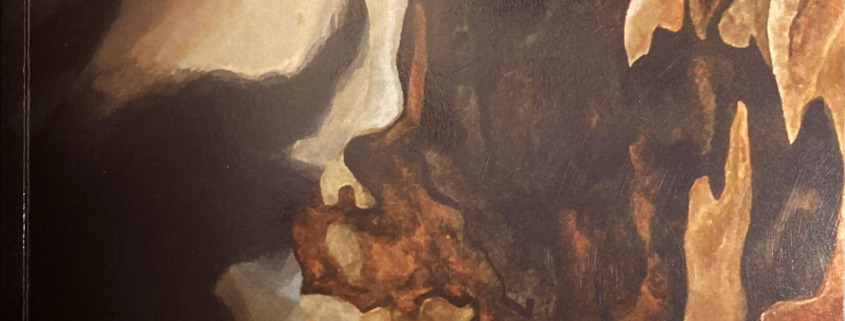
In(2)Visible livre
Coinciding with the pause created by COVID-19, the geographically distanced collaboration between Tal Waldman in Paris and Fiona Morehouse in Vermont, invites you to rethink silence and reevaluate the relationship between art, spirit and body. This experimental art collaboration is a multi-layered research including paintings, writings, photographs and documented research. Committed to visualizing invisible threads of the mind- body connection, Waldman and Morehouse experiment with shifts in observation, perception and communication. Opening our ongoing experimentation to engagement with others is a way of working with art and mindfulness that, we believe, has value in shaping a greater sense of well being and heightened human connection.
Unedited archive : in2visible.com
Instagram page : in2.visible
The multilayered research consists of a few hundreds of drawings, paintings, writings, videos and photographs edited in 3 parts:
20 alternating chapters.
A link to an article about Chapter 17 by Tal Waldman in the Culturium, November 2021, Tal Waldman: Silence
A link to an article about Chapter 9 by Tal Waldman in the Culturium, July 2020.Tal Waldman: Komorebi
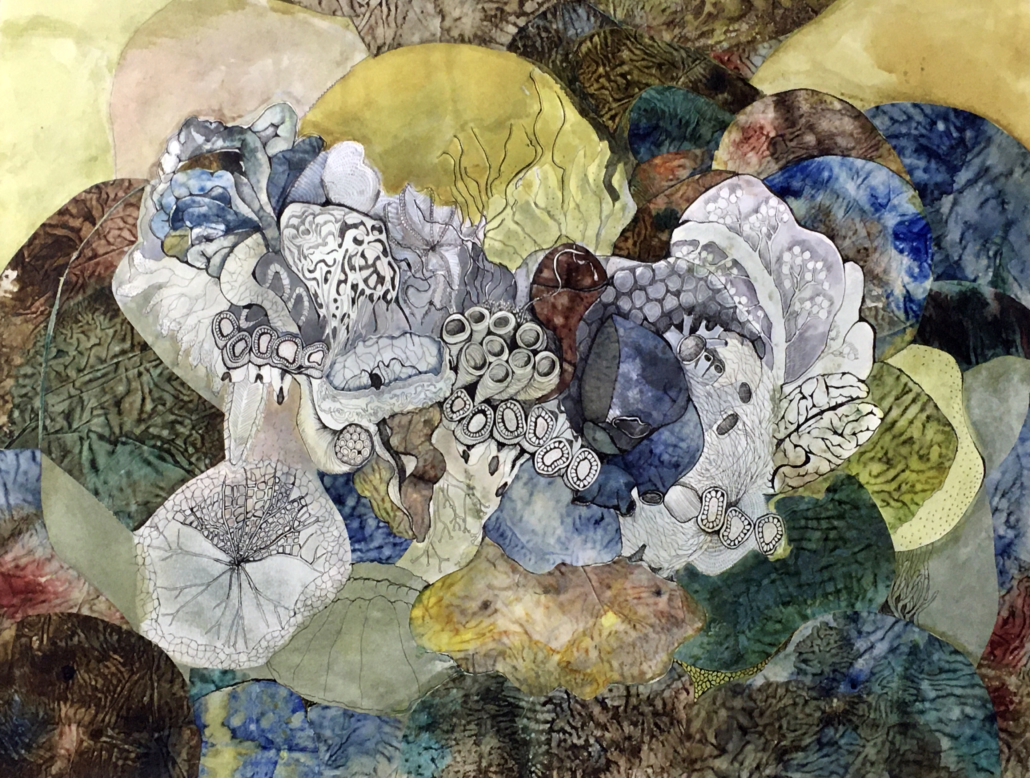
2 triptychs of (100x130cm each)
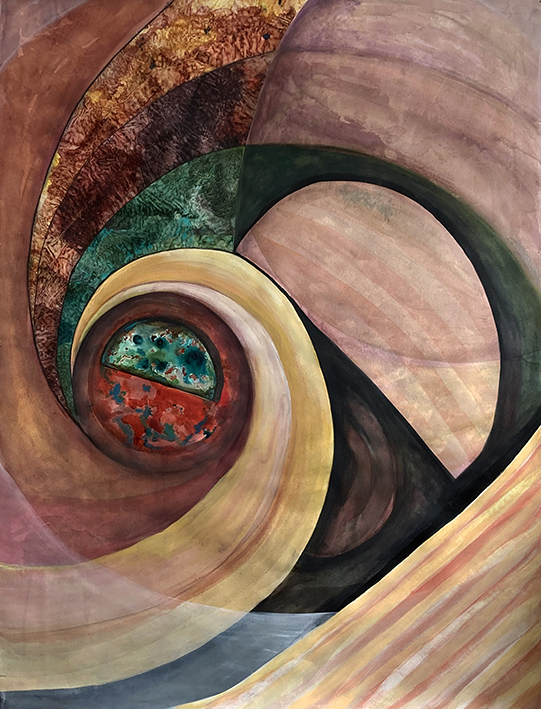
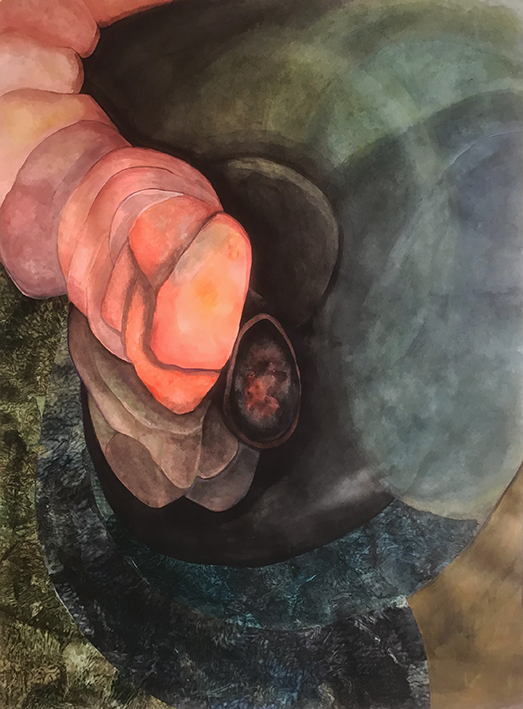
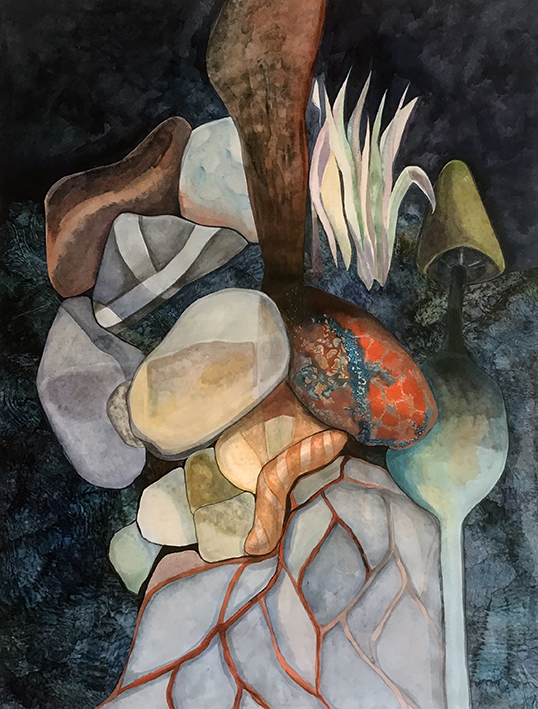
A common painting (260x260cm) and installation from a common art residency in Italy
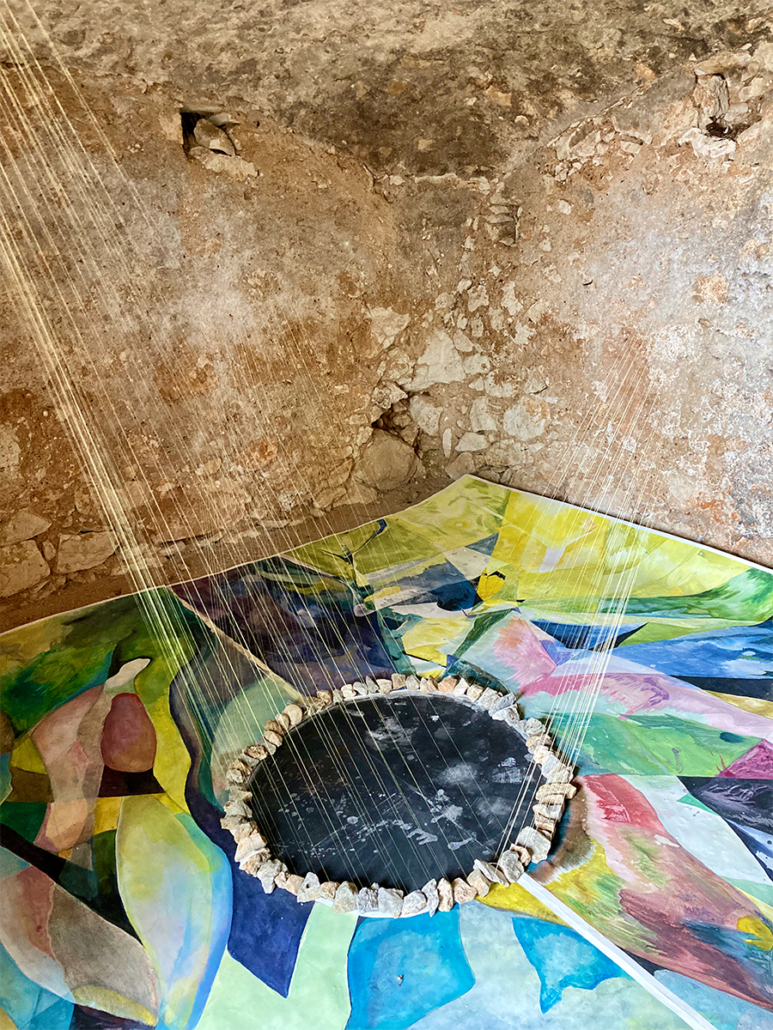
EVENT
January 20 – 22, 2023 at Le bonheur est dans l’instant galerie
Discover the experimental and collaborative art project between myself (Paris, France) and Fiona Morehouse (Vermont USA) offering an immersive exhibition and experiential workshop to mark the launch of our art and mindfulness book – Visualizing the Invisible.
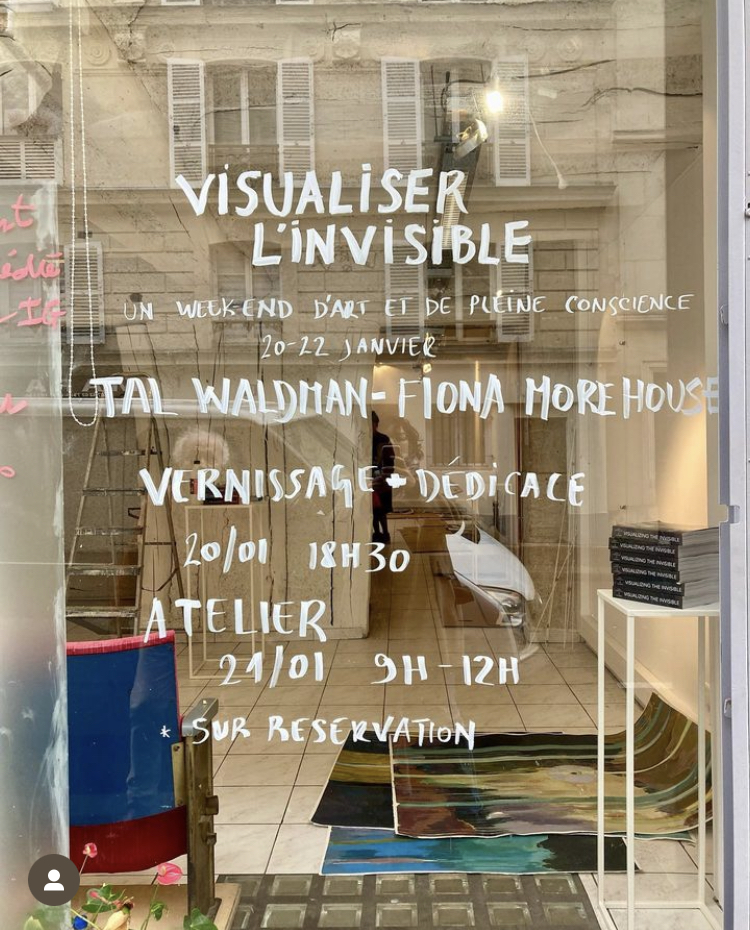
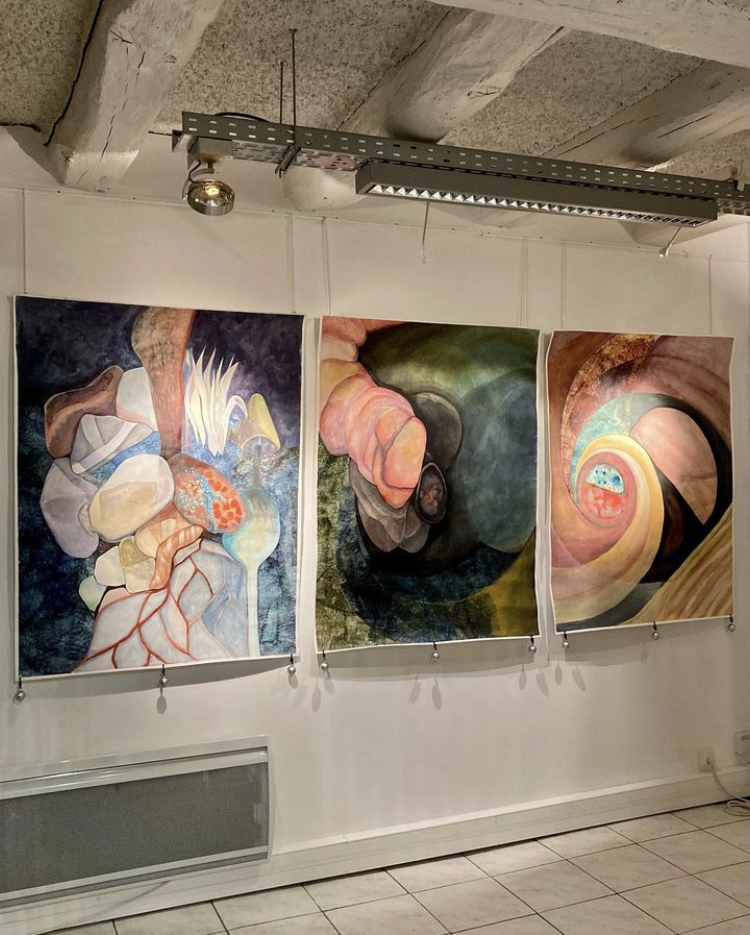
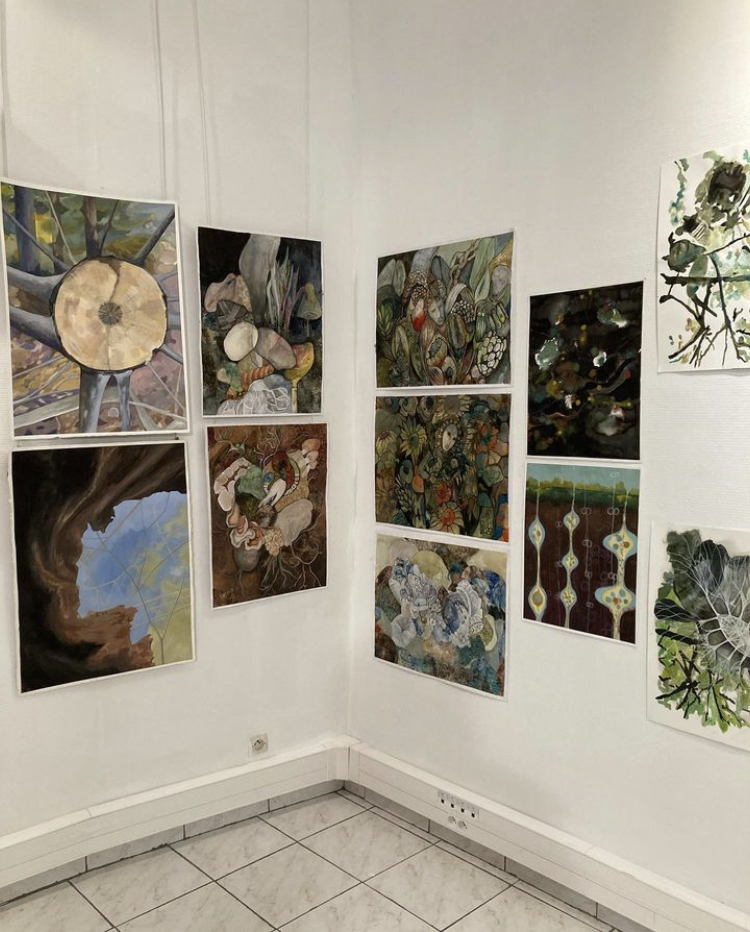
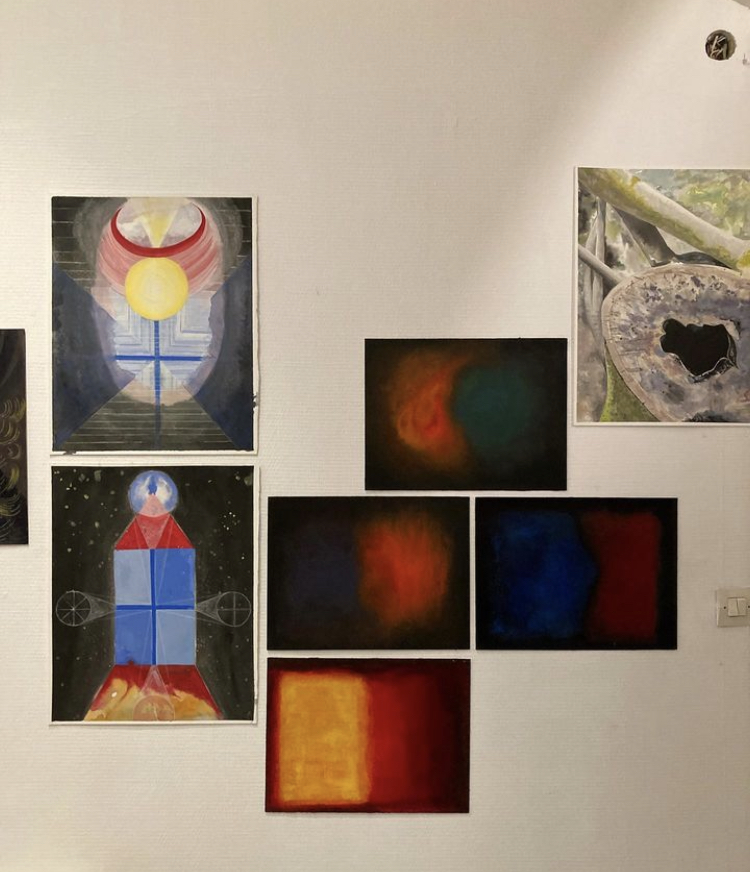
Publication Book/catalog “La Voie d’Expérimentation” Editions Lord Byron : pages 81-85
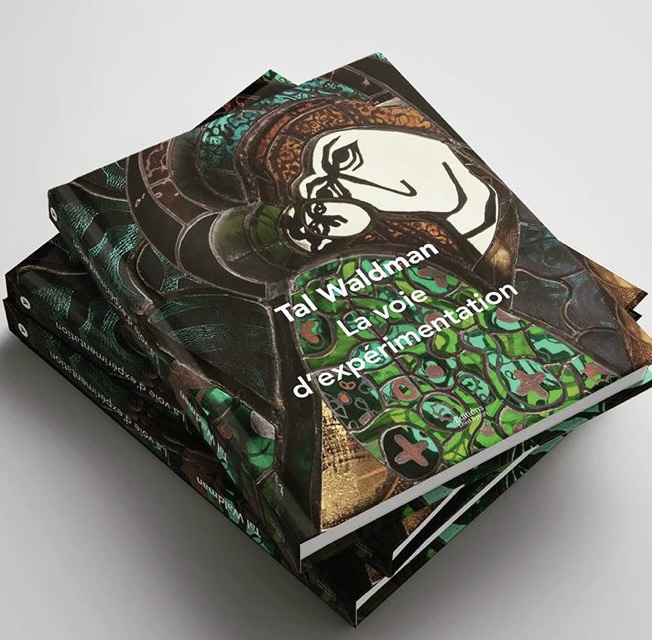
La Cité du Vitrail Museum Troyes : Exhibition 2 mai au 3 sept 2023
Chapter LIGHT DRAWING of the book VISUALIZING THE INVISIBLE
Summer, Paris, France,
Summer, Paris, France,
The sunlight danced over the ripples
like tiny, restless shuttles
weaving a golden tapestry…
Rabindranath Tagore
The July sun accompanies my experiments with natural light. Motivated by this multi-layered definition of light as a physi¬cal, mental and inner quality, I begin my exploration.
I build an ephemeral installation using different materials.
As the sunlight streams through my installation, I capture the pattern of light on my paper.
The composition changes according to the sunlight.
This fascinating and mysterious interplay of light and shadow reveals an interesting process: I’m constantly transforming the installation to adapt to changing light conditions (a passing cloud, a lower angle of sunlight, the shadow of a tree….). I adapt according to the reflection; the installation itself is of no importance to me, only the revealed composition of light that I film and photograph.
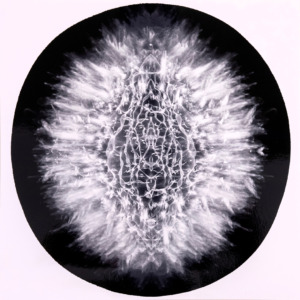
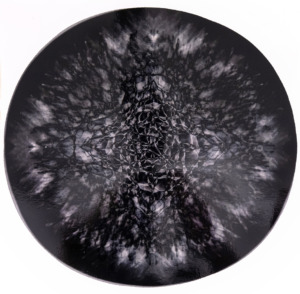
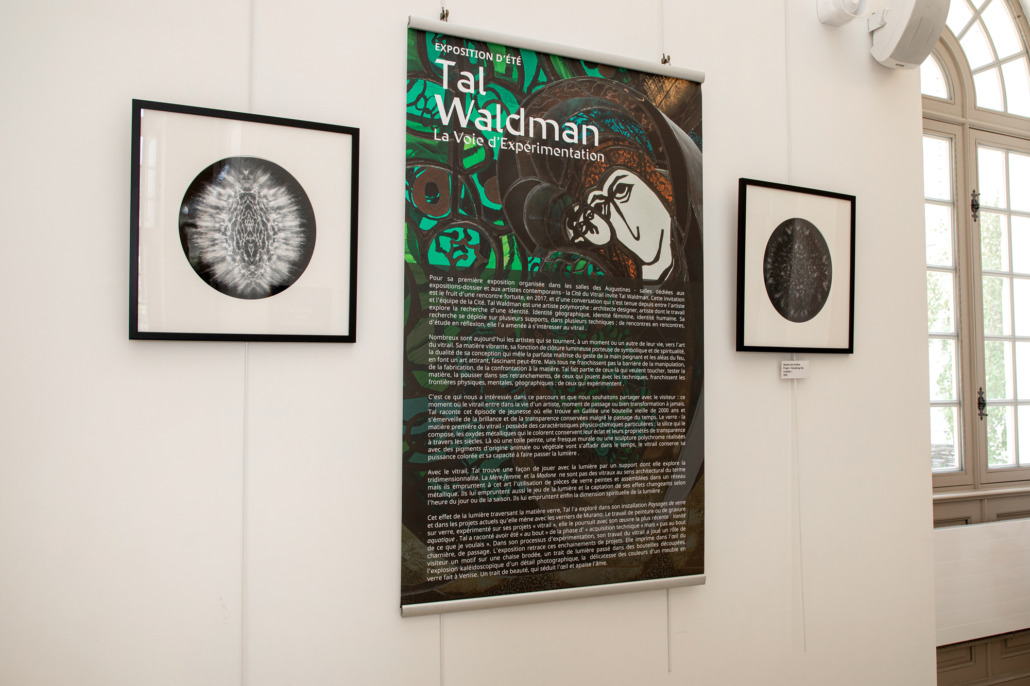
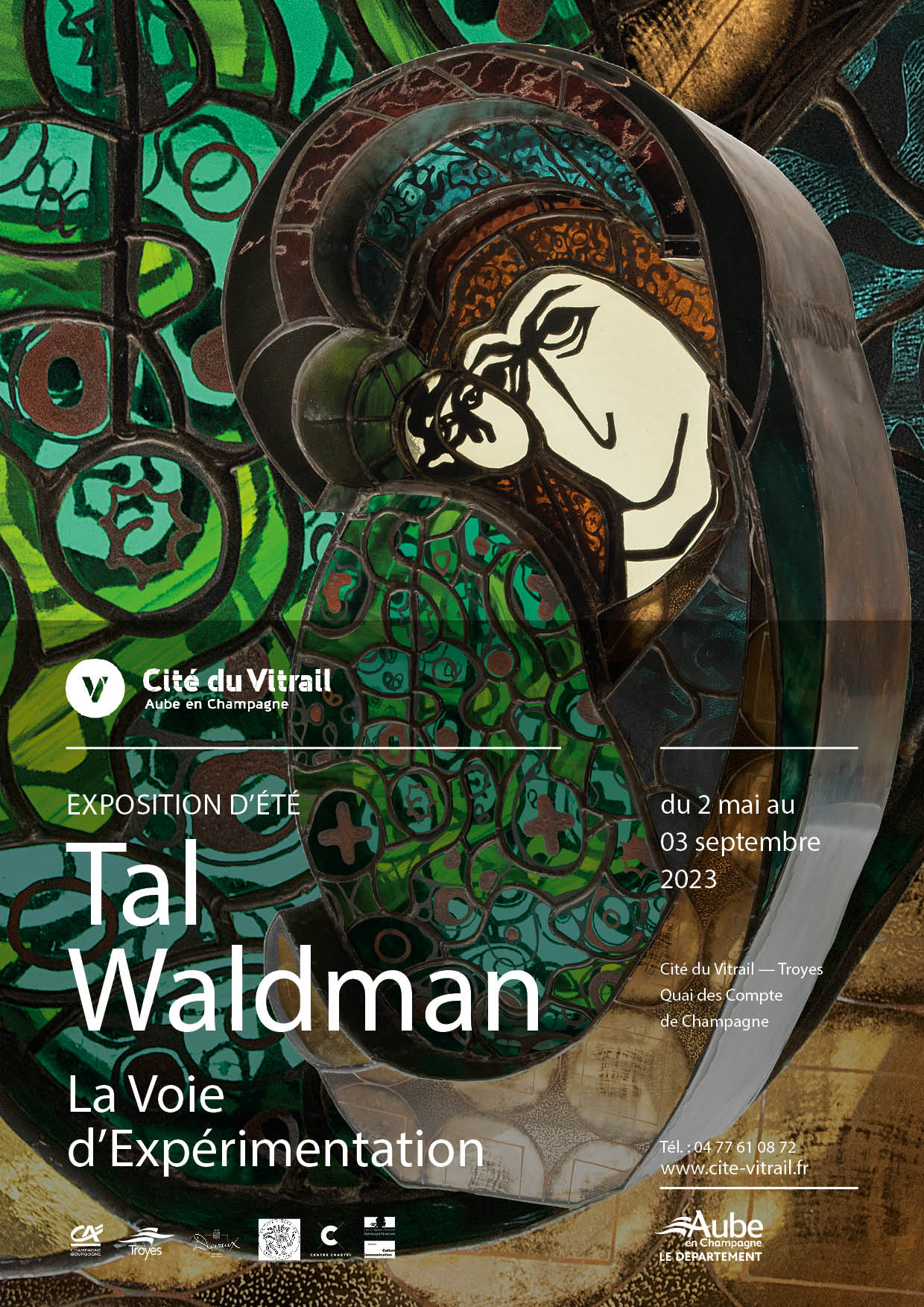
Background:
Times of upheaval prompt the search for new ways of understanding the forces shaping human life, awaking interest in understanding the unknown, the invisible. As the world pauses due to the Covid-19 pandemic, many of us stop and reflect.
For me this interest in comprehending invisible currents goes back 25 years, when I first searched to deepen my consciousness. A search that led to a routine of daily practices. In the past few years I have found the need to incorporate this inner search into my art work. This project is an organic continuation to this ongoing search.
My goal is to “visualize the invisible”, to observe and record both visible and invisible currents in my life and my art. I wish to deepen my understanding of the relationship between self-observation, perception change, awareness and art making, through a grounded experimentation anchored in a multidisciplinary project. The heart of the matter seems to lie in the experimentation and its documentation. I wonder about several points: To what extent is an artistic practice a conscious practice? What could be the impact of enhanced awareness on artistic process? What is silence in life and in art? What is the relationship between art-body-nature-spirit? Art sits on a crossroads between spirit and material. The spirit seeks embodiment and collides with the material aspect of art itself, how do I settle this duality?
Both my partner to the project, Fiona Morehouse, and myself, engage to an open organic collaborative structure, based on trust and sharing. We commit to daily meditation practices and a weekly zoom meeting. We both agree to document our experiences, artworks and intimate insights, examining the impact of self-observation, inner work practices and the artistic process with each other.
In March 2020 I write, “Writing helps me understand the impression that resonates naturally in a drawing, as if my letters, my words, remember for me and sharpen the mental direction of the experiment. With each drawing a new energy is added, solidifying my contact with myself.”
The progress of the project evolves hand by hand with my capacity to observe and document. While observing my own creative process as a conscious practice, I attempt to visually represent the experiences and perceptions observed. Thereby, not only I give a voice to the vibratory realm in my creation, but also am able to enhance my observational capacities in life and cultivate an “attitude” that can assist both my process and this phenomenological research.
In winter 2020, in lieu of our cancelled art residency due to Covid-19, we commit to 8 weeks of visual experimentation of self-awareness. Believing that “Know thyself” is an essential key to inner study and art making, we challenge ourselves to be aware and document. I observe, discern and visually monitor different aspects of my daily life, art making, meditation, senses and behavior patterns in charts.
The practical aspect of the project includes daily forms of conscious meditation as sustenance for my self-investigation. My daily practice consists of sitting meditation, Nada Yoga and Qi gong. All exercises rely on the connection of body and mind and tend to strengthen overall balance as well as calm and focus.
Meditation is not attached to any thought, emotion or sensation, the aim being to remain in a state of pure observation without judgment nor pre-definition. Applying this concept to my creative project means that the procedure becomes the form. Any desire to predefine an art form, other than the starting point, will distort the representation of inner experience. It is both the challenge and the difficulty of visualizing the invisible.
I strive to develop a conscious attitude towards my work, focusing on aspects such as silence and a non-judgmental attitude. The project alternates painting with drawing, photography, installation, videos and writing. Focusing first on themes that easily lend themselves to a silent state of mind, leading to a visual representation of the experiences and perceptions observed, a voice is given to the vibratory world.
Nature being a central inspiration and influence in my work in general, is a common thread throughout the project. The project starts and ends in the French Alps, investigating nature as a metaphor of my own body, experimenting with landscape, trees, light and breath as anchors, zooming in and out of the cellular layer in order to visualize a common ground between myself and the world around me.
Automatic Drawing is “a method of artistic creation developed by the surrealists in which the artist removes conscious control over the manufacturing process as a means of expressing the unconscious”. While various mindfulness practices (mantra, breath etc.) focus sensation on the body and thus prevent the mind from dispersing into thoughts, emotions and associations, a similar process seems to occur in Automatic Drawing, which allows for self-observation. In April 2020 I begin to document short exercises in a journal. While drawing or doodling I experiment with changes in perception. I find this technique helpful in linking concept and practice. I explore the common qualities of mindful practice and artistic creation, question the possibility of transforming art into a mindful practice and experience the difficulties of documenting such a process.
Another interesting layer of our project is communication. We commit to an honest and transparent dialogue including text, video conferences, letters and exchange of documents. Later, we open our conversation to the public in an unedited archive blog and an Instagram page @in2.visual. In May 2020 we write “The goal of this intercultural dialogue, is to propose art as an integrative tool to embody a mindful life. We believe that our deep interest in awareness supports a much needed movement within the current rapidly changing global landscape. This website as well as our social media pages, brings our ongoing experimentation to the public – a way of working with art that we believe, has value in shaping both art making and human connection“. This open and transparent attitude has a positive influence on both our relationship and artwork.
In addition to the practice, my creative process is intuitive and organic and is consolidated by theoretical study, including books, articles and poetry, some of which I mention in this book. I am also thankful to a chain of great artists which explore the bridge between art and the spiritual in their works, some of whom I refer to in this book.


